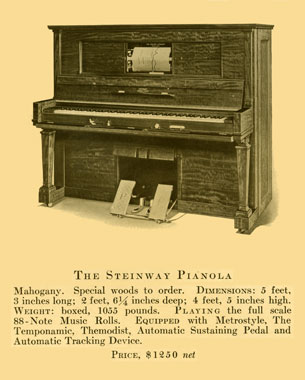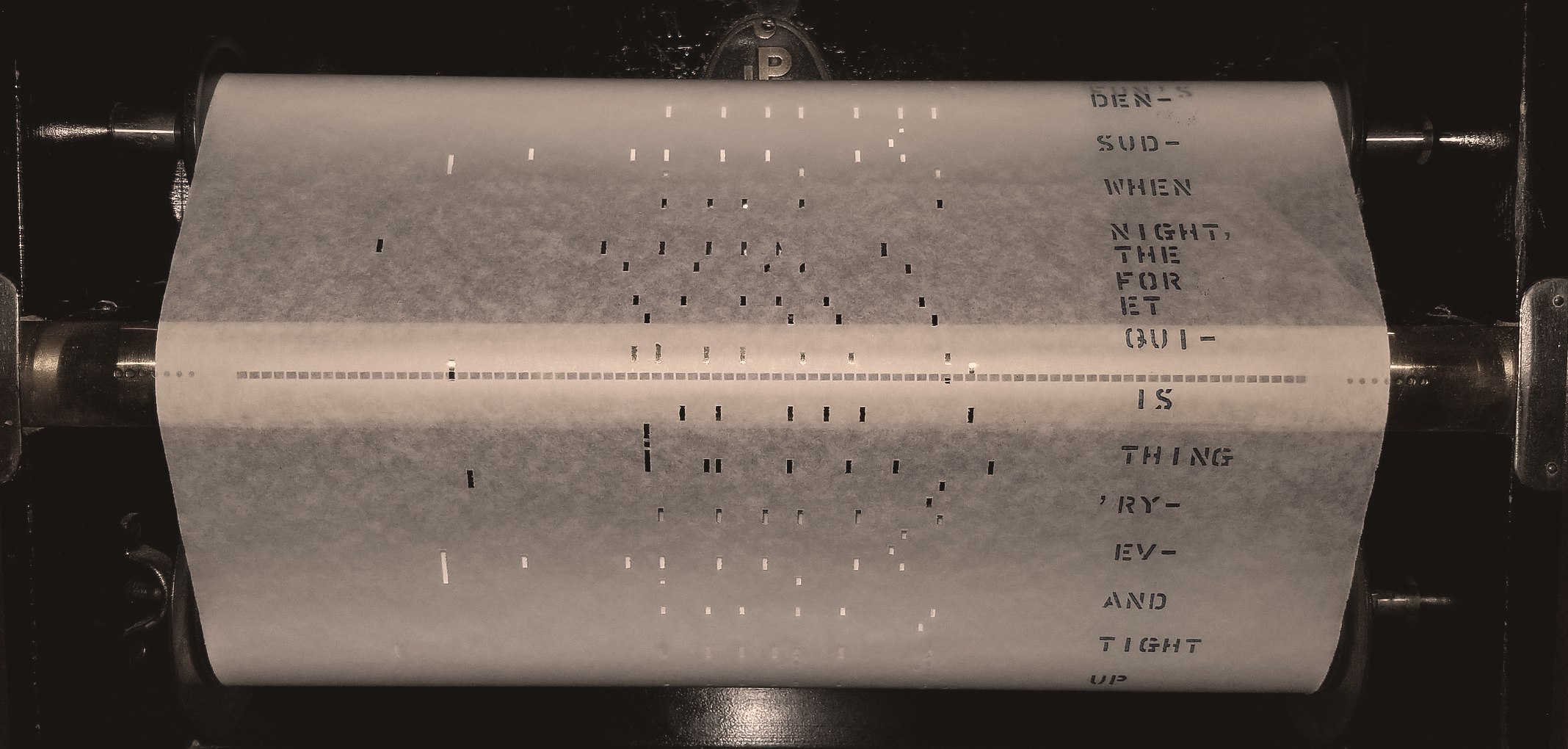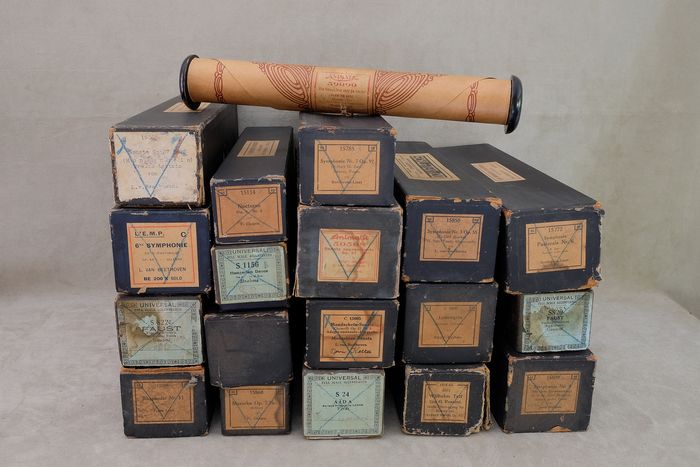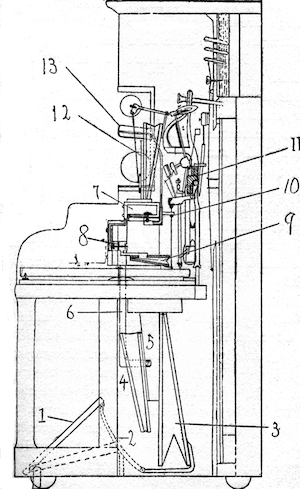Appearance
Why 'Pianola'?
The name Pianola derives from the name given to self-playing pianos developed in the early 20th century, and is inspired by the conceptual approach that the framework shares with the mechanism of pianolas.

Pianolas made heads turn because they could play music without a pianist. But this was not the only fascinating thing about them. What really made the invention stand out was the fact that they could be fed with rolls of paper with holes punched into them, and each roll determined what piece of music the pianola would play.

The central idea of the Pianola software framework is the same: there is one core piece of software, which is fed different configuration files, depending on the clients' needs. The resulting database applications are therefore as varied as the pieces of music played.
As little as you needed to build an entire new pianola for every tune you wanted to hear, as little does a Pianola app need to be programmed from scratch to fit a client's needs. Building an entirely new piano to play a new tune would have taken months, while punching holes in a sheet of paper was usually done within a day. Similarly, the time to market of Pianola database applications is shortened considerably, as they don't need to be programmed from scratch.

And as much as improvements to the construction of pianolas meant that every tune would sound better, improvements to the Pianola framework will benefit all applications using it. This architectural approach allows the framework to mature over time - allowing it to become both more robust and offer more features.

The choice of the name Pianola, much like Ballet Mécanique, is a nod to an era that was defined by technological advancements and the almost giddy excitement with which these advancements were used to support the creation of art.